Was Anne Boleyn actually innocent or guilty? It is one of the most frequent topics of debate when thinking of Anne Boleyn. A number of historians have tried to unearth the real story behind Boleyn’s execution on the 19th of May, 1536, where she was charged with incest, treason, and adultery. While different historians have discovered different facts, the story of Anne Boleyn still remains a topic of debate to date.
Had the relationship of Anne and King Henry VIII gone to the point of terminal decline? Was Anne actually guilty of all the charges against her? Was Thomas Cromwell the reason behind the demise of Anne Boleyn? While a number of questions still arise in the minds of historians, there is only limited evidence to support conclusions either way.
Let’s take a close look at the story of Anne Boleyn and explore whether she was actually guilty or innocent.
The Birth and Early Life of Anne
Anne Boleyn was born at Blickling, Norfolk, to Elizabeth and Thomas Boleyn. While her exact birth year is unknown, a majority of historians believe that she was born in the year 1501. When Anne grew up, she was appointed at the court of Margaret of Austria as a maid-of-honor in 1513. This was the first post of her life. Later, she left to serve Queen Mary, who was the wife of Louis XII of France. After the death of Louis, Anne remained at the court of Claude, the new Queen of France, for seven long years.

According to the records, on the 1st of March, 1522, Anne made her first appearance in the court of King Henry VIII as she played the part of “Perseverance” in the Shrove Tuesday pageant. In around 1526, Henry VIII fell in love with Anne Boleyn. A letter dated 1527 stated that Henry had been struck by love for more than one year and asked Anne to “give herself body and heart to him.”
The Royal Wedding
While it is believed that Anne and Henry got secretly married in October 1532 at Dover, the official wedding was held in January 1533. After the long wait of seven years for the divorce of Henry from Catherine of Aragon, they finally got married. The marriage of Henry and Anne was said to be full of fiery passion and adoration. Shortly after the royal wedding, Anne gave birth to a daughter, Elizabeth, on the 7th of September 1533. However, what followed was sadly stillbirth, miscarriages, and heartache.
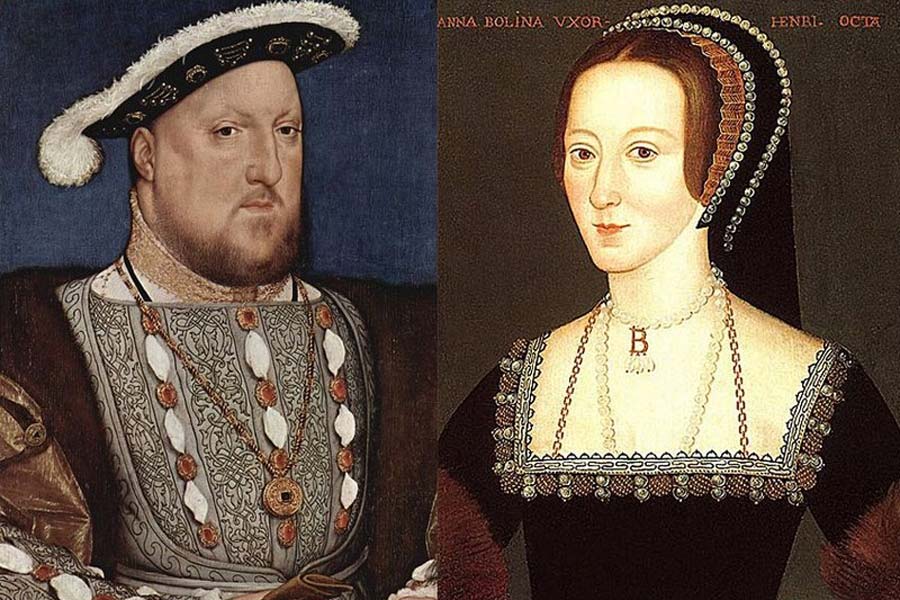
The married life of Henry and Anne was often quoted as a combination of storm and sunshine. They were very direct and straightforward with each other. While there were times when they became jealous, shouted at each other, and got angry, they were happy together. However, the miscarriage in January 1536 led to the downfall of Anne Boleyn. It greatly disappointed Henry, and he was in sorrow. The miscarriage brought a great blow to the married life of Anne and Henry. It was a direct link to the problematic events that followed.
The Loss of a Child
In January 1536, Henry was severely injured in a jousting accident that brought him quite close to death. After falling from the horse with full armor, the fully armored horse also fell on Henry and left him completely unconscious for about two hours. The accident could have been fatal. The stress and fear of losing Henry contributed to Anne’s miscarriage. Worse, the child that Anne was carrying was a long-anticipated son that Anne and Henry had been praying for, for a long time.
This accident in which Henry was suspected of brain damage is considered to be the starting point of the end for Anne and Henry. Four months after the accident, Anne was charged with three different crimes and was finally executed in May 1536.
Guilty of Adultery?
Adultery is one of the most well-known crimes that Anne was alleged to have committed. She was believed to have committed adultery with not a single man but a number of different men in the Tudor Court. The Swedish musician, Mark Smeaton, was one among the accused men. He was arrested in April and eventually confessed that he had some carnal knowledge of Anne Boleyn. This confession is believed to have been extracted under torture.
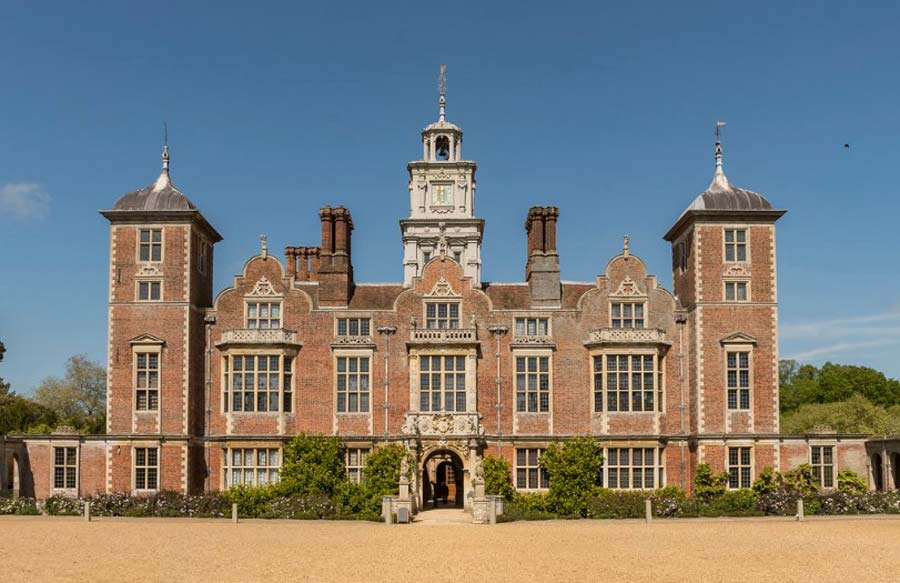
Further, the confession of Mark Smeaton resulted in the arrest of Sir William Brereton, Sir Francis Weston, and Sir Henry Norris, who was Henry’s Groom of the Stool. They all tried to maintain their innocence, however, they were found to be guilty at the trial. In this case, one of the presiding jurists was Anne’s own father, Thomas Boleyn.
While in the Tower of London, Anne was involved in certain flirtations and conversations with different court members. This implied in some way that she was engaged in something sinister with the men. While the conversations were likely mere innocent jokes for Anne, they were considered to be a crime if interpreted in the wrong way. During a playful conversation with Norris, Anne had said that if the King died, Norris would get the opportunity to take her husband’s position.
The sad thing is that Anne probably said all this in an innocent and playful way without realizing the dangerous situation that she was in. Anne was completely unaware of the fact that all the conversations she had with the different men in the court were reported back to the King, her husband.
Guilty of Conspiracy?
Conspiracy is the second crime that Anne Boleyn was alleged to have committed. Treason was considered the most feared crime in the Tudor court. Henry’s father had won the throne of England through battle and not succession. Henry was quite aware of the fact that there could be chances of stronger claims for the throne. So, there was a constant fear of potential insurrection in order to overthrow Henry and take possession of the throne. Treason was a big threat to Henry.
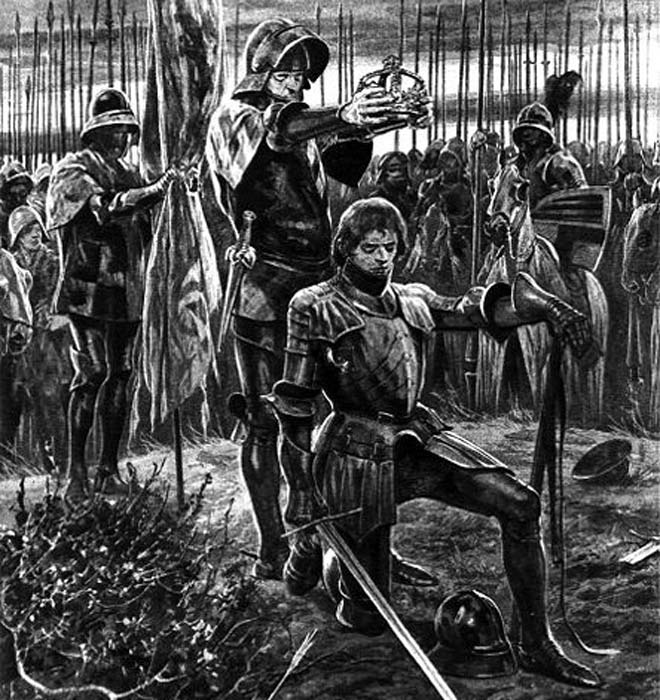
Making plots against the Crown, mentioning the King’s mortality, or even predicting the King’s death was considered treason. As Anne was involved in a conversation relating to Henry’s death, she was charged with conspiracy against Henry. Even though the conversation of Anne was a joke, she was charged with committing the crime of conspiracy. The revelation of the conversations of Anne was considered proof that she was betraying the King.
Guilty of Incest and Witchcraft?
Even though the King already had sufficient reasons to execute Anne, the Queen continued to face discredit and dishonor. There were rumors in the court that Anne was involved in witchcraft and was actually a witch. The impending trials gave rise to various stories relating to the application of supernatural powers by Anne in order to secure a seat in the court, and to win Henry. There was a long list of heinous and unforgivable sins that Anne was believed to be involved in.
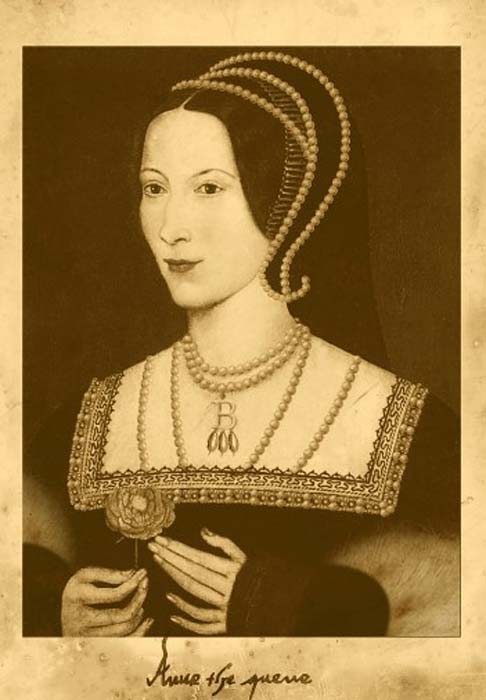
Anne was even alleged to have committed adultery with her own brother, George Boleyn. George was found to be guilty of this and was executed for conspiring against the King. However, no solid evidence has been found to show that George and Anne were involved in any form of incestuous relationship. Evidence only gives proof of the fact that they were seen spending a significant amount of time together.
The Verdict
While no solid evidence was found against Anne Boleyn, she was nonetheless executed on the 19th of May, 1536, just two days after the execution of Anne’s brother and all the other accused men. It was decided by Henry that Anne would be beheaded instead of being burnt. Before Anne, a queen had never been executed in England.
There is always a question of why was Anne executed with the use of a sword? Some historians believe it is because she had a love for the French. However, other historians believe that Henry chose to be merciful. A renowned French swordsman with expertise in execution was hired in order to make sure of swift death.
Anne Boleyn was actually scheduled to be executed on the 18th of May, the day earlier. On the morning of the 18th, she twice declared that she was innocent and prayed for salvation. She also gathered money in order to distribute it among the poor. Later, she prepared for the execution. However, her execution was delayed for different reasons and postponed to the 19th of May.
At 9am on the 19th of May, Anne Boleyn was to be executed. She went to the scaffold and gave a short, dignified speech. She acknowledged that she was about to die as per the law but didn’t admit any guilt. However, she also did not protest being innocent. Even though she did not want to die, she had to.
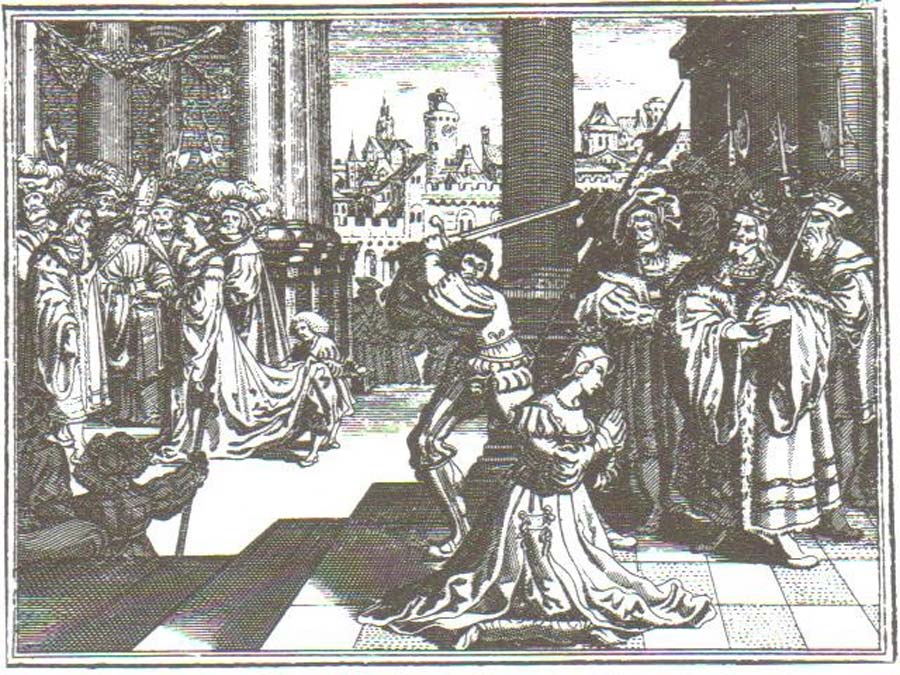
After giving the speech, she started praying for God to accept her soul. Finally, the executioner beheaded the Queen. Even after the head was removed, reports reveal that Anne’s lips still moved. It seemed as if she was still praying.
Henry waited to hear the announcement of Anne’s death and then left for Hampton Court, to play a game of tennis. He gave orders to remove and destroy all the paintings of Anne Boleyn from the court. He also declared his marriage with Anne to be an illegitimate one, and removed Elizabeth, their daughter, from the line of succession. Henry behaved as if Anne had never existed for him.
Guilty or Not Guilty?
There are a number of views of different historians as to whether Anne Boleyn was guilty or innocent. However, a majority of evidence and instances suggest her innocence. Anne Boleyn was well known to be a Reformist, as well as a highly religious and intelligent woman. Next to this the accusations of adultery, treason, and incest do not fit right. Anne was considered a moral woman and would never choose to commit such heinous crimes.
Eric Ives, a biographer of Anne, reveals that there is evidence in at least twelve instances that proves Anne in no way could have committed adultery with the different accused men. Historians also agree with the fact that Mark Smeaton’s confession was extracted under heavy torture, and so the confession of having a sexual relationship with Anne may be false. Confession that is a result of torture cannot be trusted so easily.
There are other historians like David Starkey, who believe that the actions of Anne Boleyn would have led to the execution. Anne was known to be a stubborn woman who had the courage to say “no” to the King. She had the ability to stand up for herself and often engaged in passionate debates as well as arguments with Henry. She was quite different from the other English ladies. However, Henry wanted to change her personality and become more demure after marriage.
The stubbornness of Anne Boleyn also gave rise to issues with Thomas Cromwell. During the Dissolution of the Monasteries, Thomas wanted the money to be given to the royal coffers. However, Anne wanted to distribute the money among the poor people. Anne had a lot of supporters in the court. This put her in the ambitious Cromwell’s sights. He was searching for a way to remove Anne from the court.
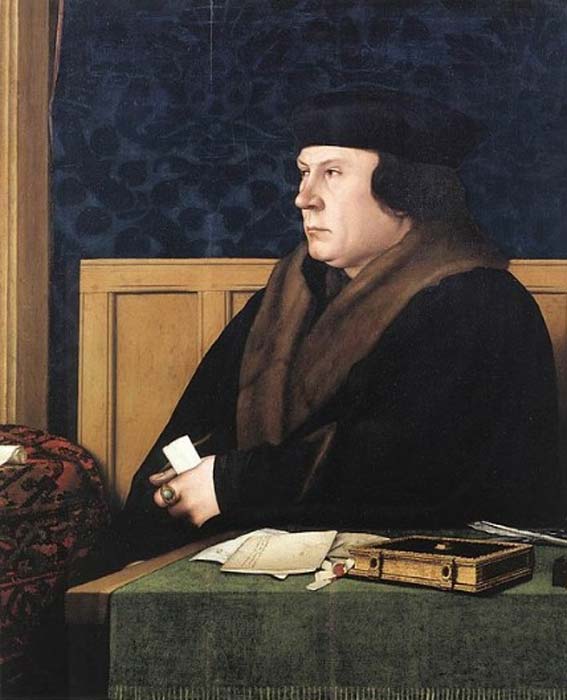
While Anne Boleyn has had a bad reputation for hundreds of years now, there is no certain evidence of her being guilty of all the crimes that she was accused of. The different portrayals of Anne Boleyn have raised a number of unanswered questions for several historians.
The story of Henry’s Queen, who was beheaded in the year 1536, has always retained the interest of the public. The opinions of different historians, as well as historical evidence, tell widely different stories. However, keeping in view the majority of evidence and opinions of historians, it can be assumed that Anne Boleyn was indeed innocent of any real crime. Still, the truth remains a mystery for all.
Top Image: The extent of Anne Boleyn’s guilt has caused much debate. Source: Kathy / Adobe Stock.
By Bipin Dimri